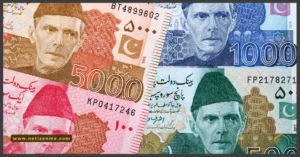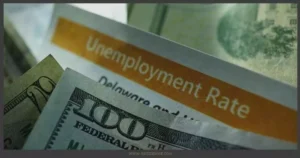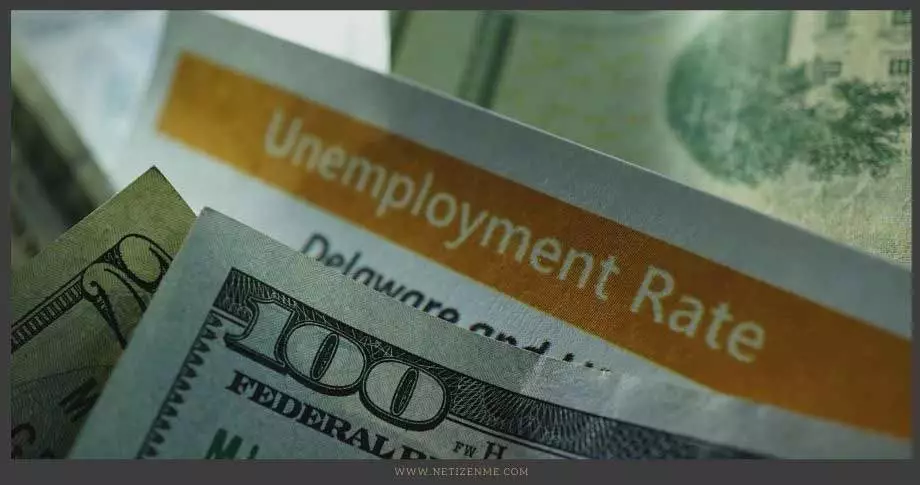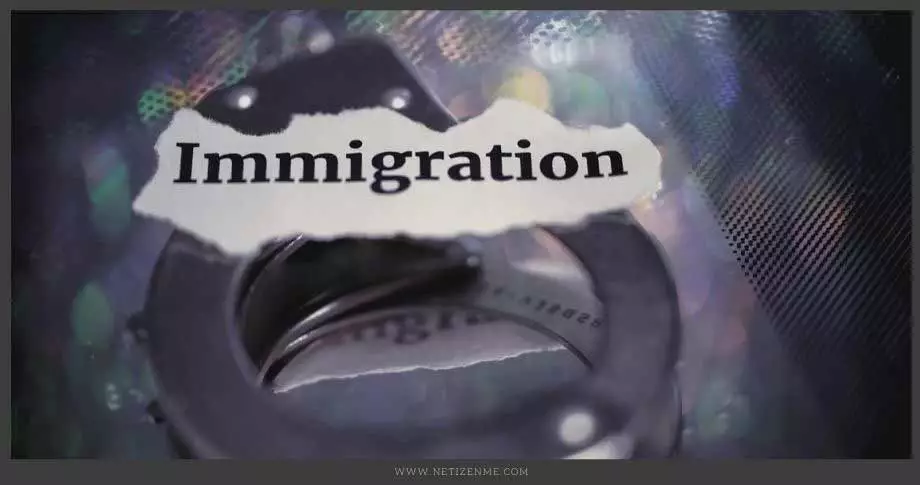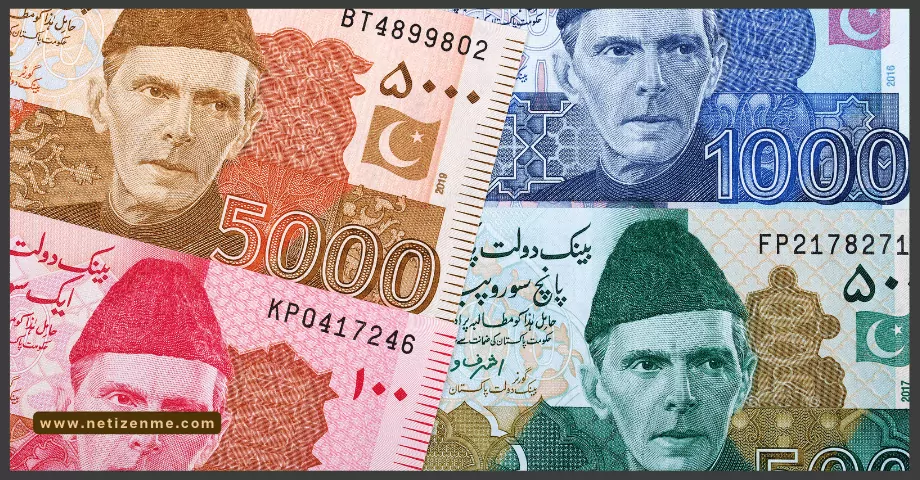
Fiscal Policies and Pakistan Economy
Governments worldwide use fiscal policies to stabilize and improve the economic conditions of their nations. These policies serve to achieve the right balance between how much a government spends, how much it consumes, and how much of it it makes up for in taxes. In combination with a government’s monetary policy, fiscal policies allow for the monitoring of the nation’s income. Also, it allows driving the economy of the country forward.
What are the types of fiscal policy?
The four most commonly used types of fiscal policies include Changes in Government Purchases, Business Taxes, Income Taxes, and Transfer Payments.
Changes in Government Purchases
To begin with, government spending refers to the expenses incurred directly by the government or its various agencies. These expenses, fewer transfer payments, and interest on credit determine the nation’s Gross Domestic Product (GDP) (Kenton, 2020). A shift in aggregate demand is achieved by introducing changes in spending. Here, aggregate demand refers to the overall expenditure of the country. In an expansionary approach, the government is likely to increase its spending to boost its GDP; in a contractionary approach, the same is reversed.
Business taxes
Secondly, business taxes, are primary in their impact on business cultures in an economy. In an expansionary policy, where a government seeks to stimulate economic activity, governments lower taxes on businesses and entrepreneurial ventures to lower the barriers to entry. The opposite is valid for a government adopting a contractionary approach. In the latter case, when taxes on businesses increase, the increased costs are often passed onto the consumers at higher prices, resulting in inflation.
Income Taxes
Thirdly, Income taxes are taxes imposed on individuals or businesses as a portion of their profits. In a contractionary policy, raising income taxes would result in many people losing a significant proportion of their disposable income and, thus, their spending power.
Transfer Payments
Finally, Transfer of Payments is the exchange of money where trade for tangible goods or services is not involved. Examples include social security (Kenton,2020), welfare/stimulus cheques, unemployment insurance, etc. (Transfer Payment, 2021). When governments are looking to stimulate the economy, they attempt to increase the transfer of payments. (Lesson Summary: Fiscal Policy (Article), 2018)
As a developing country gravely affected by the negative balance of payments, lack of foreign direct investment, political instability, security threats, and the global pandemic, Pakistan must adopt a fiscal policy that seeks to stimulate economic activity.
Currently, the country is experiencing an all-time low in terms of the value of the Pakistani Rupee. To add to this, inflation is rampant— with the average citizen struggling to pay for basic necessities and utilities such as energy and fuel. The current government has adopted a contractionary policy, mainly by imposing high taxes on imports in an attempt to encourage internal expenditure. Still, the effect of this has been high prices being passed on to consumers. That’s because industries in Pakistan rely heavily on importing raw materials and secondary products for production. Additionally, the country experiences the slowest growth rate in all of South Asia. As a result, 220 million Pakistanis face food and employment insecurity (Siddique, 2021).
How fiscal policy affect the economy in Pakistan?
Switching to expansionary policies can improve the country’s economic conditions by leaps and bounds. For one, government spending on improving infrastructure could significantly contribute to a greater number of jobs being created for skilled and unskilled workers, thereby lowering the county’s unemployment rate. Similarly, investing in education and healthcare can go a long way in boosting the economy in the long run as skilled labor increases and the brain-drain decreases.
A major problem plaguing the country’s economy is the lack of business and income taxes collected by the government. Because of rampant corruption and lack of regulation in place, taxes are often not paid by those most eligible to pay large percentages; instead, the brunt is passed off to the middle and lower-middle-class of the country. As a result, with the decrease in disposable income, the average Pakistani spends less on products other than the most basic necessities. In addition to regulating tax collection, the country must also incentivize investment in small businesses by lowering business and income taxes. As a result, the cottage industry of the nation re-emerges, and people can invest portions of their incomes and save into entrepreneurial ventures, thereby contributing to an increase in the GDP.
Lastly, a positive transfer of payments is impertinent for Pakistan to support its smaller industries. Subsidizing specific sectors of the economy that are unstable and need improvement can help the country lift itself out of this economic rut. If adopted, expansionary fiscal policies can set up Pakistan’s economy for success for years to come, especially by taking an active role in industries worldwide working to pull themselves up by the bootstraps after being brought to a standstill by the pandemic.
Check the following reference articles to learn more about the Fiscal Policies and Pakistan Economy:
- Lesson summary: Fiscal policy (article). (2018). Khan Academy. (URL)
- Siddique, A. (2021, May 25). How Pakistan’s Economy Is Failing Its People. Gandhara. (URL)
- Transfer Payment. (2021, September 15). Investopedia. (URL)
- What Are Government Purchases? (2021, October 31). Investopedia. (URL)
- Should You Carry Your Laptop Through Airport Metal Detectors?

- Fiscal Policies and Pakistan Economy

- Eye-opening Impact of Education on Jobs in the USA

This article is written by:
Our professional writers and editors are passionate about sharing high-quality information and insights with our audience. We conduct diligent research, maintain fact-checking protocols, and prioritize accuracy and integrity to the best of our capacity.
You can cite our articles under the author name "Netizenme"

